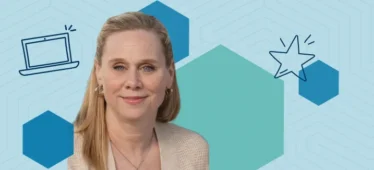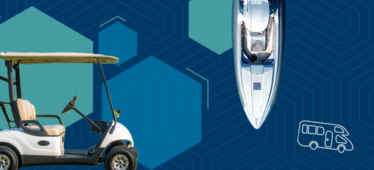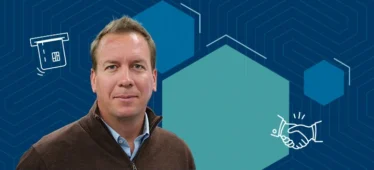Capital investment is a key ingredient in the growth of any industry, including that of low- and zero-emission products. By prioritizing investment for green goods and services, banks can make a positive impact by fostering growth in the adoption of more sustainable practices, while also benefiting from governmental incentives. According to a recent report from McKinsey, green bank financing could put hundreds of billions of dollars to work toward net-zero emissions by 2050.
February’s Inflation Reduction Act (IRA) represented a significant infusion of capital in greener practices, allocating $27 billion from a federal Greenhouse Gas Reduction fund to accelerate the adoption of “low- and zero-emission products, technologies, and services.” Of the $27 billion, $7 billion is allocated to federal distribution among low-income and disadvantaged communities who have historically had less access to sustainable products. Another $20 billion is allocated to green banks who provide financial and technical assistance for qualified projects, with $8 billion of that total earmarked for assistance among low-income and disadvantaged communities.
Green banks are classified as mission-driven organizations that harness funding and financing to accelerate progress in the development and adoption of more sustainable practices. While green banks can be classical banks, credit unions, or a variety of other institutions, the inherent community-centered focus of credit unions makes them particularly well suited to this classification.
For credit unions or traditional banks that have an interest in supporting green initiatives and competing for associated federal funding but aren’t sure where to start, embedded lending is a powerful avenue to accelerate the formation and deployment of green banking programs focused on specific merchant categories and applicant criteria.
But what initiatives are considered ‘qualified activities’? Technologies such as bio-gas systems or rainwater harvesting can be a smaller entryway into sustainability practices for homeowners, but aren’t likely to require financing… Here are five examples of zero-carbon home improvements that your credit union or community bank can include in its green lending program.
1. Solar Panels
Solar panels are the most popular and readily available choice in the sustainability improvement category. In fact, one survey found that almost 50% percent of Americans have plans to install solar panels. Many homeowners opt for solar panels to reduce their energy bills and have the option to sell their excess energy back to the local power grid.
2. Geothermal Heating and Cooling
Utilizing the natural heat of the earth, geothermal technology allows homeowners to heat or cool their homes using heat pumps that are installed deep in the ground below the building. The pumps are operated using very low amounts of electricity, which greatly reduces fossil fuel usage for the homeowner.
3. Solar Water Heating
Solar water heaters are a sustainable energy investment that are designed to heat a home’s water source without the need for outside energy usage. The heaters collect solar energy that heats a tank of water, which is then piped into the home.
4. ENERGY STAR® Products
ENERGY STAR® products are home appliances or tools that meet the energy efficient standards of the U.S. Environmental Protection Agency. These guidelines help homeowners make well-informed and sustainable decisions for their residence. The agency lists an assorted collection of equipment such as air conditioners, heat pump water heaters, cleaning appliances and more that meet their specific energy-saving specifications.
How can LoanStar help you advance the movement to low- and zero-emissions homes?
Offering green loans is so much more than a way to access qualified borrowers and federal funding. It helps advance sustainability in our community by improving access to eco-friendly technologies. If you’re interested in getting started, but aren’t sure where to begin, you’re in the right place. Selecting a proper embedded lending solution is a perfect starting point for your entrée into green lending.
Here at Loanstar, we deliver a turnkey embedded lending solution that can help you design and launch the green lending program that is tailored to your business’s unique operations and objectives. First, define your preferred category of zero-carbon investment based on level of expense, level of risk, and relevance to your mission statement. Then, using the LoanStar solution, work through merchants that are exclusively focused on delivering that low- or no-carbon product to relevant consumer populations. You can control your qualification criteria, including income thresholds, to focus your program on a specific consumer segment. The best part? Your entire program will be administered in a unified platform that is intuitive for merchants and consumers, configurable to your unique program, and fully white labeled to your brand.
Ready to get started? Contact LoanStar today to learn more.



